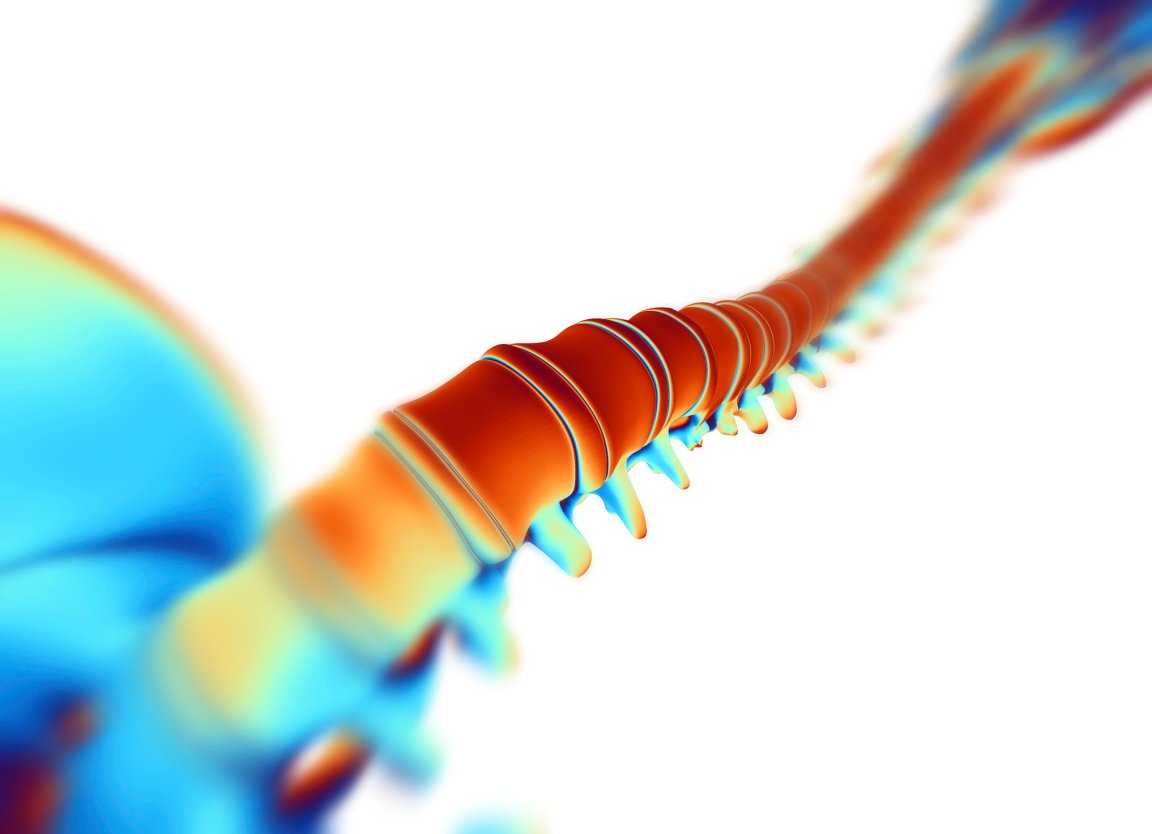
Reversing the Irreversible
28 years ago, Andrew Meas broke his neck after a fall from a motorcycle — an accident that left him unable to move his limbs. Spinal cord injuries of this nature invariably lead to some form of paralysis (if not complete debilitation) that are usually deemed to be irreversible.
Meas, however, can now stand and move his legs. He was one of several patients with varying degrees of spinal injury who were given a novel treatment as part of research at the University of Louisville’s Kentucky Spinal Cord Injury Research Center (KSCIRC). In the study, researchers paired standard rehabilitation techniques with a fairly invasive method called spinal cord epidural stimulation (scES).
A device was implanted over Meas’ spinal column to electrically stimulate the lumbosacral enlargement during his physical therapy sessions. After just 44 months of regular physical training and the scES, Meas was able to move his lower limbs without any help. “Activity-dependent plasticity can re-establish voluntary control of movement and standing after complete paralysis in humans even years after injury,” KSCIRC researcher Susan Harkema, senior author of the study that appears in the journal Scientific Reports, said in a press release.

Recovery-Based Rehabilitation
The conventional wisdom touted by experts has long been that, for patients who have suffered an injury like Meas’, recovery is highly unlikely. As lead researcher Enrico Rejc said in the press release, “It is commonly believed that one year from injury, you are classified as chronic and it’s likely that you will not improve any more. This data is proof of principle that the human nervous system has much greater recovery capabilities than expected.”
It’s particularly worth noting how the treatment involved is not just electrical stimulation (a growing field in rehabilitation medicine) but rather, a combination of the new method with regular physical therapy. Meas went through both a period of assisted therapy and standard training at home, and the research team credited his recovery as much to the amount of effort he put in as they did to their implant.
Indeed, the new research surpasses the limits of current recovery treatments. As Harkema noted, “This should open up new opportunities for recovery-based rehabilitation as an agent for recovery, not just learning how to function with compensatory strategies, even for those with the most severe injuries.”